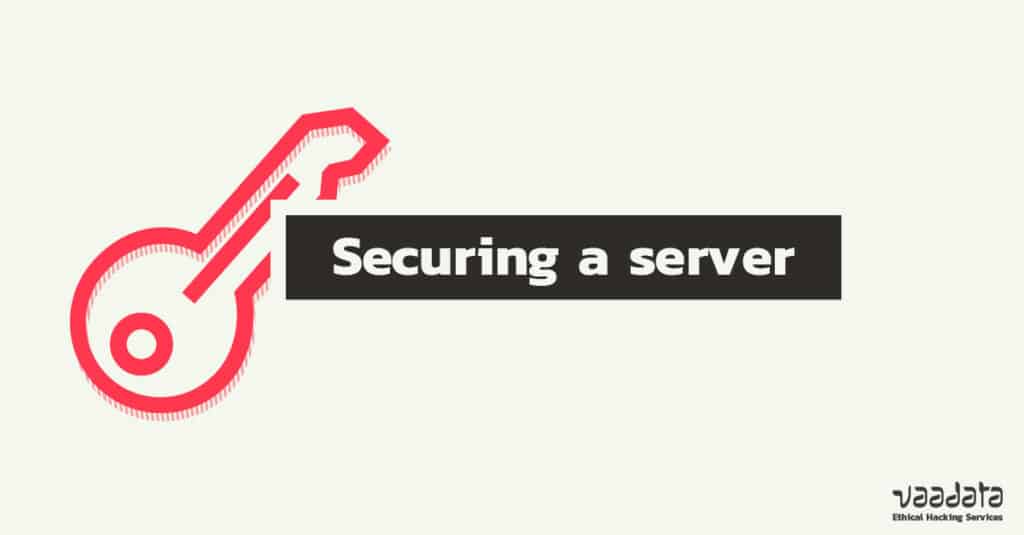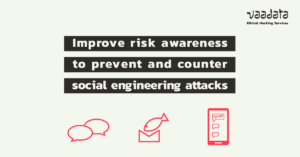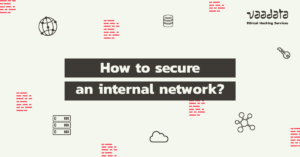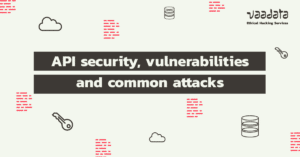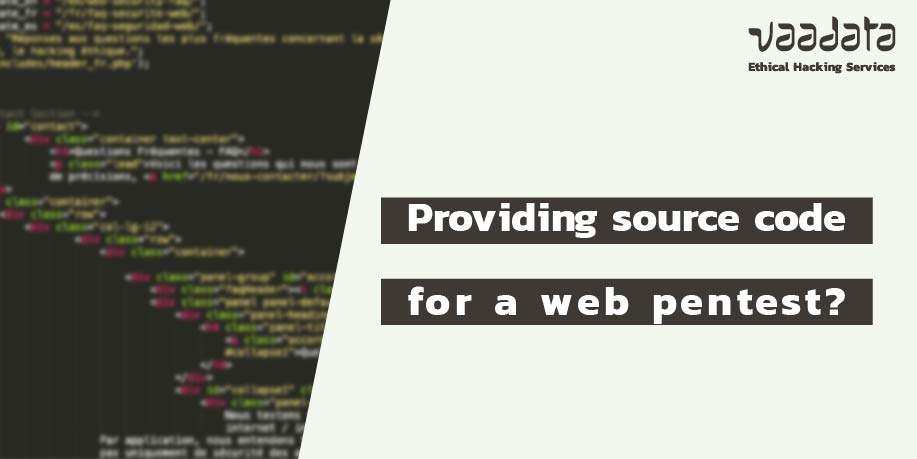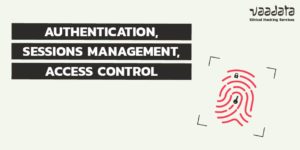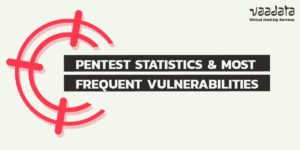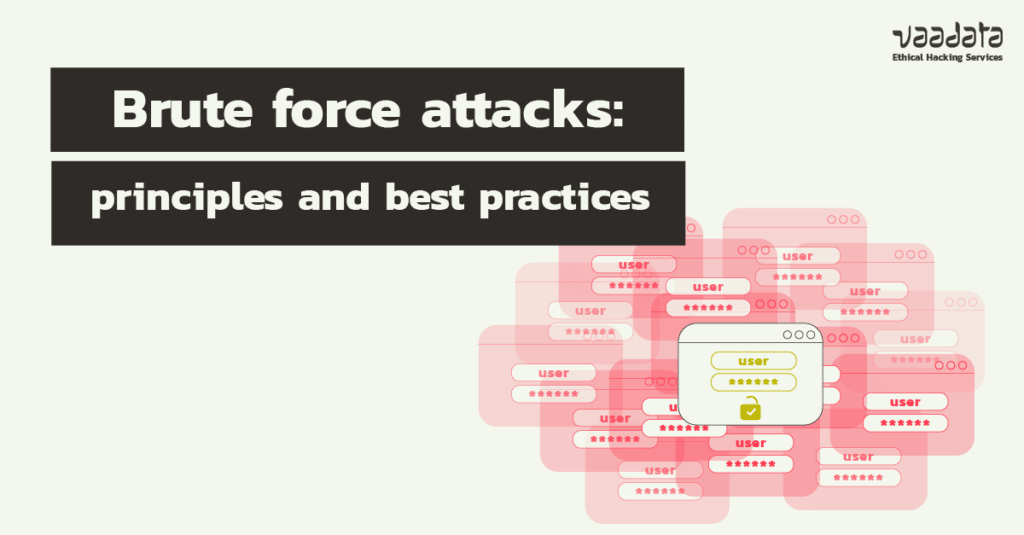
Brute force is certainly one of the most trivial attack techniques. The main reason: the human factor remains the weakest link in the cybersecurity chain. Indeed, there is no need to carry out social engineering attacks or sophisticated SQL injection attacks to steal credentials because habits die hard: users’ passwords remain weak and therefore easy to guess. With the right tools, even the most novice attackers can compromise data and cripple the systems of large companies.

